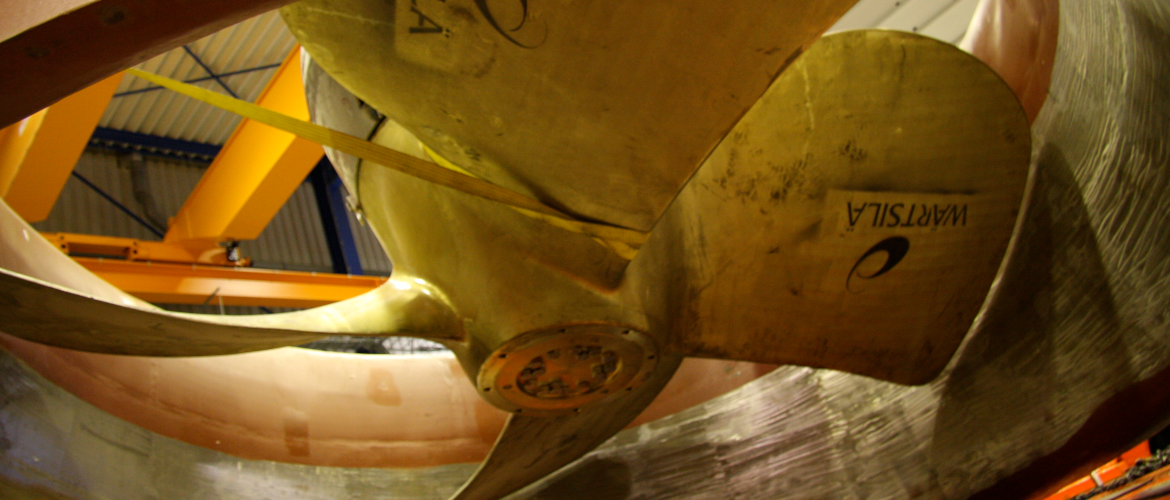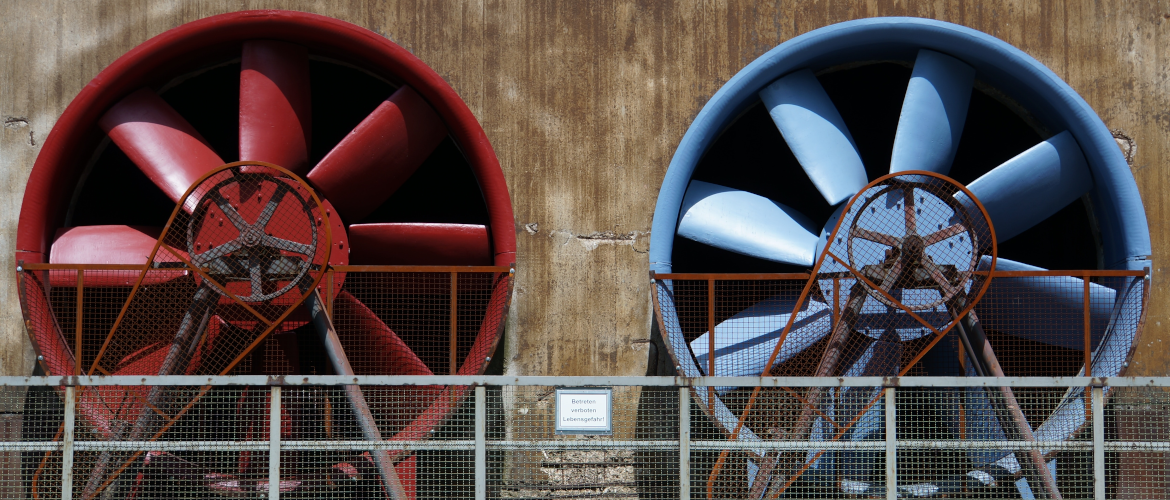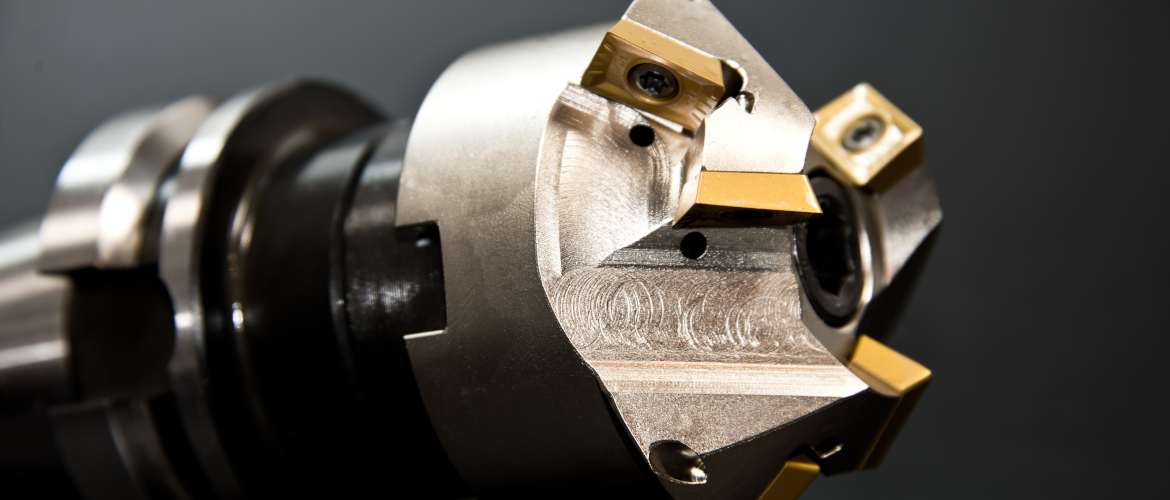Most companies use a risk-based maintenance methodology to determine the necessary maintenance for their critical Equipment. Ideally, this methodology starts with determining the functions that the system should perform and ends with necessary maintenance tasks and other measures to maintain these functions.
The ultimate goal of the maintenance strategy is that the system continues to do what the users want it to do. The user can achieve this goal by having the right maintenance tasks carried out at the right time.
‘Vague’ Maintenance Tasks
During my course of work, I have had the opportunity to examine, draw up or improve quite a few maintenance concepts. Practice shows that Work Planners often do not describe the maintenance tasks in very concrete terms. They are then entered as such in the Maintenance Management System. I will give a practical example:
The technician who has to carry out a maintenance task receives a Work Order with the text “carry out a visual inspection on fan with tag X”. Such a task description immediately raises all sorts of questions.
What exactly must the technician look for when visually inspecting a fan? And more importantly: when is it ‘good’ and when is it ‘bad’? How does the mechanic know whether he needs to initiate follow-up action?
John Moubray wrote the following about this in his world-famous book Reliability-Centered Maintenance:
The description of a maintenance task should be such that it can be interpreted in only one way and should also provide clarity about possible follow-up actions.
Practical example of an Inspection Task
I will give an example of a well-defined Inspection Task for a car tyre. The function of a car tyre is to provide sufficient grip under various conditions. For this the tyre has a profile. Over time, this profile naturally wears out through use. If no action is taken, the profile eventually disappears, which can lead to a dangerous situation. The maintenance task that will follow from this is that the tyre must be periodically inspected for sufficient profile depth. How much profile depth is acceptable should be agreed, but in this example I will use the APK standard. A good description of this maintenance task in the maintenance management system could be:
Measure the profile depth of the tyre using a profile depth gauge. Make a note of the measured profile depth and replace the tyre if the profile depth is ≤ 1.6 mm.
The person carrying out the task has a clear description including rejection criteria. This provides a lot of clarity in practice. The maintenance concept as a whole is more credible for the party carrying out the work if the tasks are described in this way. This will certainly benefit the implementation.
Cooperate with the executing party
To conclude this blog, I would like to give the following advice. Involve the person(s) who will actually be doing the work in drawing up the maintenance strategy, for example someone from Incentro. This may cost some extra time initially, but the investment will certainly pay off later.






